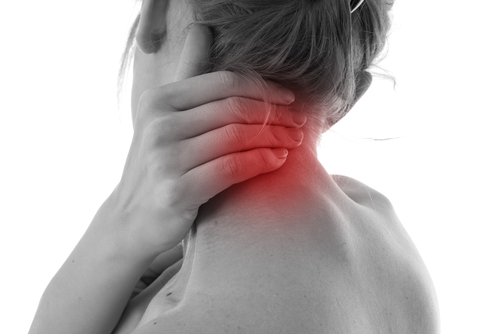Cervical myelopathy is not only uncomfortable, but it can also cause more problems to arise if left untreated. Since cervical myelopathy is linked to health of your spinal cord, having a compressed or injured spinal cord can lead to other serious issues or conditions that can worsen over time.
What is Cervical Myelopathy Syndrome?
Cervical myelopathy is a result from a severe compression of the spinal cord. Cervical myelopathy is a disorder in which the severe compression of the spinal cord leads to spinal cord dysfunction.
Why Cervical Myelopathy Occurs
The changes of your bones, ligaments, and discs of the spine can all cause pressure on your spinal cord. These changes could be due to maturing over time, bone spurs, arthritis of the spine, or an accident that causes trauma on your spine.
Bone spurs are growths that add pressure to the spine and are normally caused by local inflammation or injury. Although they could place pressure on your spinal cord, bone spurs themselves may or may not cause any symptoms.
Arthritis of the spine may be related to wear and tear, infection, autoimmune disorders, and other conditions. When you have spinal arthritis, the facet joints in the spine or sacroiliac joints between the spine and the pelvis become inflamed.
Accidents that can cause trauma on your spine can vary from automobile accident to lifting too much weight. There are many things that can cause pressure on your spinal cord and if your spinal cord is not properly taken care of after an incident that caused it additional stress, it could lead to the development of cervical myelopathy.
Cervical Myelopathy Symptoms
Symptoms of cervical myelopathy occur over time and usually not right away. Because of the pressure put along your spinal cord, different nerves in the body can be affected and cause you to experience pain or discomfort throughout different places in your body. Some symptoms associated with cervical myelopathy include the following:
- Neck pain or stiffness
- Stiff fingers or legs
- Arm pain
- Numbness in hands
- Weakness of arms and legs
- Loss of bladder or bowel control
- Trouble using hands
- Difficulty walking
Can Chiropractic Offer Cervical Myelopathy Treatment?
An upper cervical chiropractic studies the upper cervical spine and the chain reaction a misalignment can cause in the upper cervical area. The upper cervical spine consists of two bones in your neck area, located right under the base of the skull. These are the two most important bones of the entire spine as they house your brain stem and cannot realign themselves on their own. If there is a misalignment in any of the top two bones, the rest of the spine follows – causing multiple misalignments to take place down your spine.
Your spine protects your spinal cord and misalignments will cause the vertebrae to pinch or cause pressure on the nerves they are protecting. These misalignments, occurring from trauma, aging, or injury, can cause spinal cord dysfunction which can lead to cervical myelopathy.
A chiropractor can help you fix these misalignments and allow your body to heal and repair the injuries caused by them.
Can a Neck Adjustment Help Cervical Myelopathy?
Believe it or not, a neck adjustment can do wonders for cervical myelopathy. Since the upper cervical spine is the top of the spine, any event that moves these top two bones out of place can cause the rest of the spine to follow their lead and move out of alignment.
A neck adjustment will not only realign your upper cervical spine, but it will influence the rest of the spine to follow them and correct itself.


